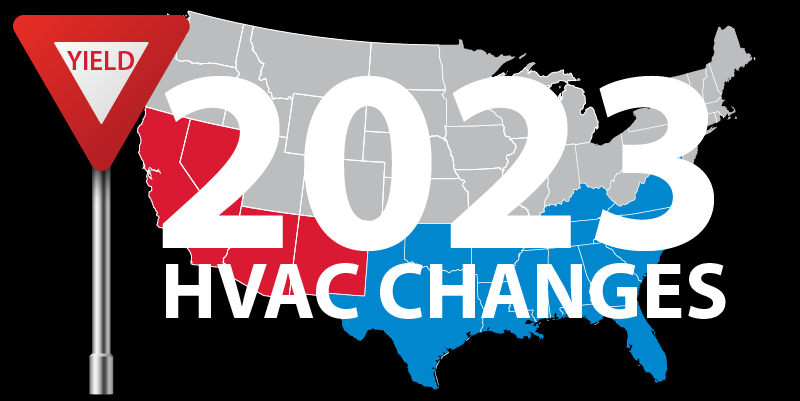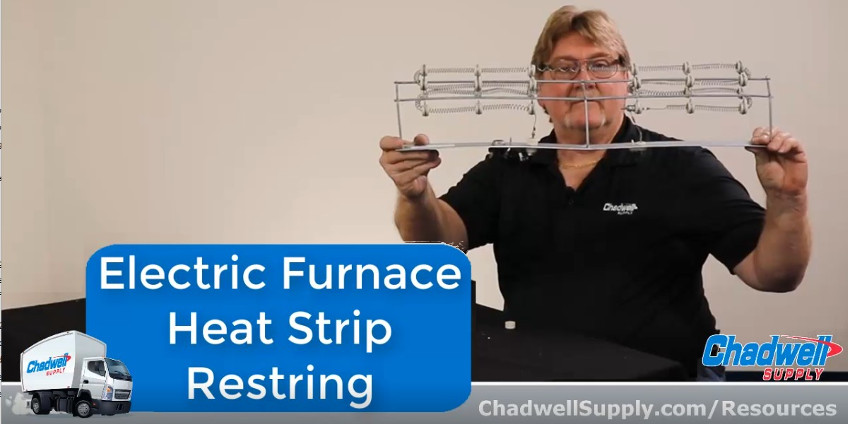R-22 Replacement Refrigerants
R-22 Replacement Refrigerants
Finding a cost-effective and available replacement for R-22 may be a challenge in today’s market. Chadwell Supply is working hard to keep options in stock (for availability as stock varies, we recommend staying in contact with your local Chadwell Supply representative).
However, all replacements are NOT created equal; they all have pros and cons to their use.
Drop In Replacements
The key thing to remember is there is NO such thing as a “drop-in” replacement. Unlike R-22, which is a single refrigerant, all of the replacements are blends of two or more refrigerants. As a result, NONE of the replacement refrigerants should be used to “top-off” systems still running with R-22 and they should NOT be used interchangeably. Instead, manufacturers' instructions should be followed to change an R-22 unit to another refrigerant.
Top Off Refrigerants
It is also important to know if a leak is detected in a system running one of these refrigerants, the unit should NOT be topped off. Since these are refrigerant blends, it is impossible to tell how much of each gas has leaked out. Adding new refrigerant on top of an unknown mix decreases the efficiency of the unit. Instead, the correct steps to maintain and keep the unit cooling as long as possible are:
- Recover the refrigerant
- Repair the leak
- Recharge the system with brand new refrigerant
R-421A May be Your Best Option
There is no discernible difference in pressure and temperature between R-22 and R-421A.
To retrofit an R-22 unit, an oil change and the addition of POE oil are recommended. It is also necessary to flush and vacuum the system, replace the valve stems and line dryer. However, there is little or no retraining necessary to work with R-421. There are only two refrigerants in this blend but it is still not safe or wise to "drop-in" or top off with this refrigerant.
The similarity with R-22, simple blend, and lack of retraining required makes this our experts' recommended option. Learn more about R-421A here.
Other Options to Consider
NU-22B and R-422B
Like R-421A, an oil change and the addition of POE oil are recommended with this blend. It is also necessary to flush and vacuum the system, replace the valve stems and line dryer. There is some retraining necessary to work with this refrigerant correctly. It is a blend of three different refrigerants and it is not safe to "drop-in" or top off with R-422B or its brand name equivalent, NU-22B. Learn more about NU-22 here.
R-422B+
R-422B+ is very similar to NU-22B (R-422B) and both have pressure and temperatures nearly identical to R-22. While an oil change is recommended, additional POE oil is not required because it is already in this refrigerant. It is also necessary to flush and vacuum the system, replace the valve stems and line dryer and there is some retraining necessary to work with this refrigerant. R-422B+ is also a blend of three different refrigerants and it is not safe to "drop-in" or top off.
MO-99 and R-438A
Like others mentioned, an oil change and the addition of POE oil are recommended with this blend. It is also necessary to flush and vacuum the system, replace the valve stems and line dryer and there is some retraining necessary to work with this refrigerant. It is a blend of five different refrigerants and it is not safe to "drop-in" or top off with R-438A or its brand name equivalent, MO-99. Learn more about MO-99 here.
407C
407C's efficiency is closest to that of R-22. While an oil change is strongly recommended with other blends, it is required with 407C. The addition of POE oil is still recommended as well. It is necessary to flush and vacuum the system, replace the valve stems and line dryer and there is some retraining necessary to work with 407C. It is a blend of three different refrigerants and it is not safe to "drop-in" or top off with 407C. Learn more about 407C here.
Other Replacement Refrigerants
There are more replacement refrigerant blends hitting the market every day and many "off-patent" refrigerant blends are now available under varying brand names. While some rules hold true across the board (don't say "drop in" and do not "top off" blends), and many refrigerant blends are very similar, it is important to know the properties and differences of the refrigerant or refrigerants that you are working with.
You can learn more about working with replacement refrigerants in this video series featuring Chadwell University's Vann Flippen. Keep in mind that EPA608 Certification is required to work with all of these refrigerants and retrofitting R-22 units would void most manufacturers' warranties.








